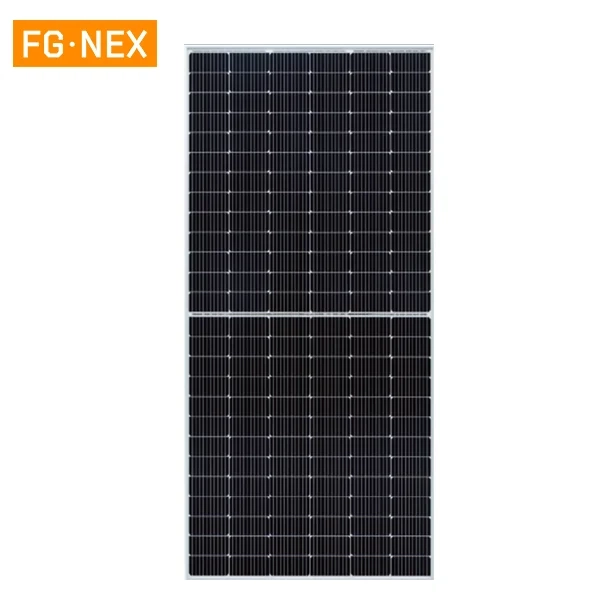- This topic is empty.
-
AuthorPosts
-
04/03/2024 at 14:59 #1005
As the global demand for renewable energy continues to increase, solar energy, as a clean and renewable form of energy, has received widespread attention and application. Among the types of solar panels, monocrystalline solar panels are popular due to their unique advantages. This article will delve into the advantages of monocrystalline solar panels and analyze why they stand out among many solar products.
Monocrystalline solar panels are made of single-crystal silicon wafers, which have a complete silicon crystal structure and high purity, which makes it easier for electrons to flow within them, thus providing higher energy conversion efficiency. Compared with polycrystalline silicon panels, monocrystalline panels have stricter requirements on the crystal structure of the silicon material during the manufacturing process, so the cost is relatively high. However, the performance improvement it brings also makes monocrystalline panels more attractive in the market. Competitiveness.

1. High efficiency
Monocrystalline solar panels are known for their high conversion efficiency. Monocrystalline solar panels convert solar energy into electricity more efficiently than other types of solar panels. This is because the single-crystal silicon material has higher crystal quality and lower defect density, which allows electrons to move more smoothly in the crystal lattice, thus improving the photoelectric conversion efficiency of the panel.
2. High power
Due to the high conversion efficiency of monocrystalline solar panels, it is able to provide higher power output in the same area. This means that within the same installation space, monocrystalline solar panels can generate more electricity, thereby providing higher energy supply. This is very valuable for application scenarios with limited installation space and large demand.
3. Long life
Monocrystalline solar panels have a long service life. Due to its high-quality silicon material and excellent manufacturing process, monocrystalline solar panels are able to maintain high-performance stability over a long period of time. In contrast, other types of solar panels may suffer from reduced performance or shortened lifespan due to limitations in material quality or manufacturing processes. Therefore, monocrystalline solar panels are more reliable and economical in long-term investment and use.
4. Low temperature coefficient
Monocrystalline solar panels have a lower temperature coefficient. This means that the performance of monocrystalline solar panels decreases less in high-temperature environments. In contrast, other types of solar panels may experience a decrease in electrical output due to increased temperatures. Therefore, monocrystalline solar panels have obvious advantages in applications in high-temperature areas or summer high-temperature seasons.
5. Aesthetics and Flexibility
Monocrystalline solar panels have high aesthetics and flexibility. Due to the characteristics of its manufacturing process, monocrystalline solar panels can be made into various shapes and sizes to suit different application scenarios. This allows monocrystalline solar panels to be better integrated into buildings, vehicles and other equipment, providing clean energy without compromising appearance and aesthetics.
To sum up, monocrystalline solar panels have the advantages of high conversion efficiency, higher power output, longer service life, lower temperature coefficient, as well as aesthetics and flexibility. These advantages make monocrystalline solar panels an important technology and application choice in the solar field. With the continuous advancement of technology and reduction of costs, it is believed that monocrystalline solar panels will play a more important role in the future renewable energy field.
-
AuthorPosts
- You must be logged in to reply to this topic.